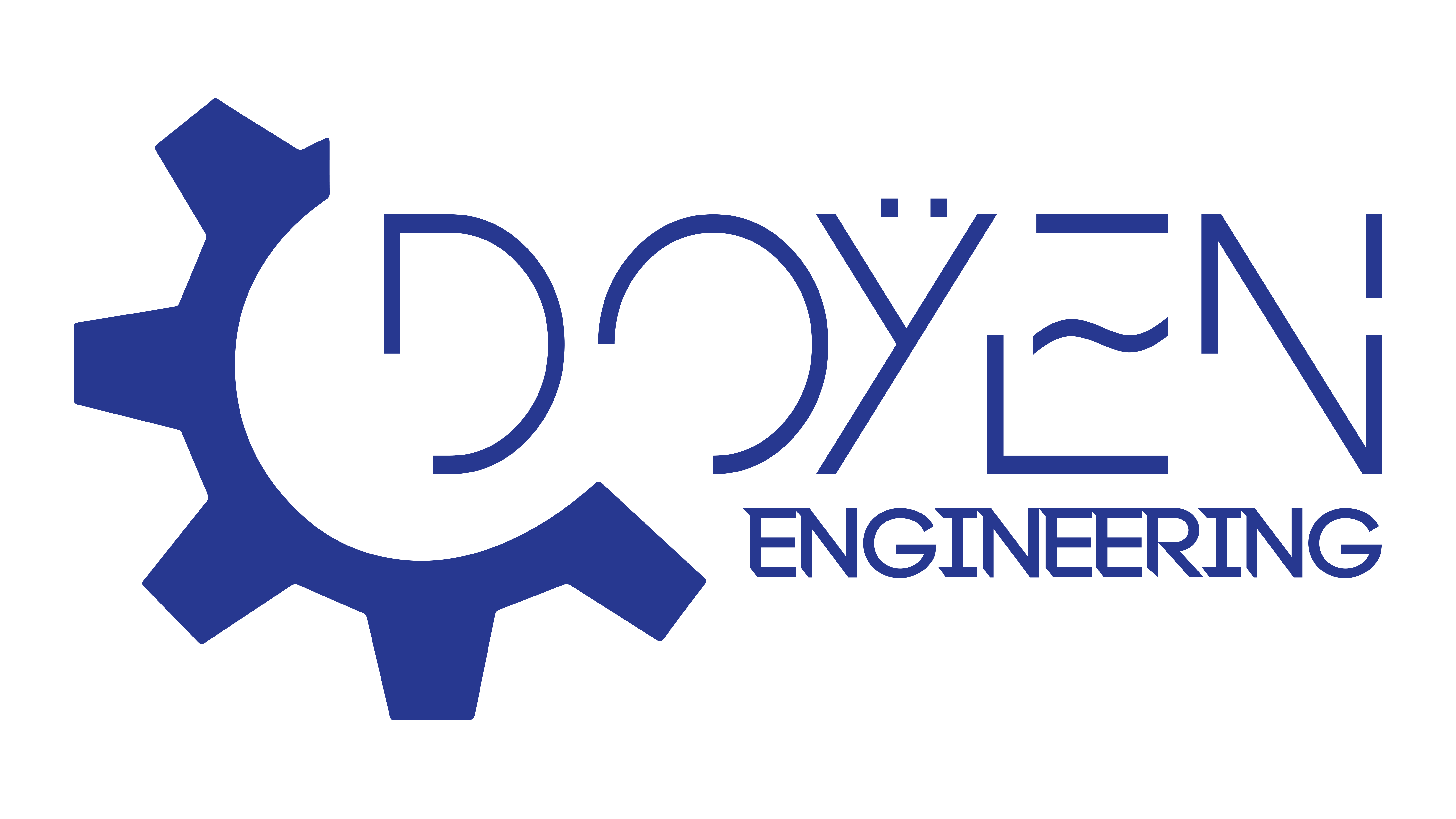
Overview of Compliance in Electrical Engineering Projects
Understanding Regulatory Requirements
Compliance in electrical engineering projects is fundamentally about adhering to various regulatory requirements. These regulations ensure safety, efficiency, and quality in electrical installations. Notably, professionals must have a keen understanding of:
- National Electrical Code (NEC)
- International Electrotechnical Commission (IEC) standards
- Local codes and regulations affecting design and implementation
Navigating these guidelines can be overwhelming, but it’s critical for project success.
Importance of Compliance in Electrical Engineering
The importance of compliance extends beyond mere adherence to laws; it has profound implications on project outcomes. When engineers prioritize compliance, they ensure:
- Safety: Reducing risks of electrical hazards to personnel and property.
- Reliability: Ensuring systems perform consistently without failures.
- Reputation: Building trust with clients and stakeholders.
In a recent project, a team succeeded in avoiding costly penalties by prioritizing compliance from the onset, showcasing its undeniable value in electrical engineering endeavors.

Compliance Standards and Regulations
National Electrical Code (NEC)
The National Electrical Code (NEC) serves as the cornerstone for electrical safety standards in the United States. It outlines essential requirements for installation, ensuring that electrical systems are safe and effective. Familiarity with the NEC can prevent costly mistakes in design and implementation.
Key highlights of the NEC include:
- Circuit design requirements: Ensuring load capacity is adequately assessed.
- Grounding protocols: To minimize the risk of electrical shock.
International Electrotechnical Commission (IEC) Standards
On a global scale, the International Electrotechnical Commission (IEC) standards set the benchmark for electrical engineering practices. They promote international consistency in equipment safety and performance. Adopting IEC standards can enhance market accessibility and customer trust.
Some of the fundamental IEC standards include:
- IEC 61000: Electromagnetic compatibility.
- IEC 60364: Electrical installations for buildings.
Occupational Safety and Health Administration (OSHA) Regulations
Occupational Safety and Health Administration (OSHA) regulations focus on maintaining a safe work environment for all personnel involved in electrical engineering projects. Adhering to OSHA guidelines can significantly reduce workplace accidents and ensure compliance with safety protocols.
Vital OSHA regulations to consider are:
- Lockout/tagout procedures: To prevent accidental energization during maintenance.
- Personal protective equipment (PPE): Requirements that protect workers from electrical hazards.
Each of these standards and regulations plays a vital role in shaping the project landscape, ensuring safety and instilling confidence among stakeholders.

Implementing Compliance Measures
Conducting Risk Assessments
To ensure compliance in electrical engineering projects, conducting thorough risk assessments is paramount. This process evaluates potential hazards and identifies measures to mitigate them. Successful assessments require:
- Site inspections: Reviewing the actual conditions where systems will operate.
- Stakeholder input: Engaging team members to gather insights on potential risks.
In a past project, a comprehensive risk assessment revealed electrical hazards that were otherwise overlooked, leading to timely interventions.
Designing Systems for Compliance
Once risks are identified, designing systems that align with compliance standards is essential. This involves incorporating safety features and adhering to regulatory guidelines during the design phase. Key design considerations include:
- Incorporating redundancy: Ensuring alternative pathways for electrical flow.
- Standardized components: Using compliant materials that meet regulatory standards.
A project team I worked with optimized their design by integrating modular components, which simplified future upgrades without sacrificing compliance.
Testing and Inspection Procedures
After design and implementation, rigorous testing and inspection procedures validate compliance with established standards. Regular inspections help identify and rectify issues before they escalate. Key practices include:
- Functional testing: Verifying that systems operate as intended.
- Third-party evaluations: Engaging external experts for unbiased inspections.
By prioritizing these compliance measures, engineering teams can enhance safety, improve system reliability, and foster confidence among stakeholders throughout the project lifecycle.

Documentation and Record-Keeping
Importance of Documentation
Following the implementation of compliance measures, proper documentation becomes crucial in the electrical engineering field. Accurate records serve multiple purposes, such as:
- Legal protection: Demonstrating compliance with regulations if issues arise.
- Project continuity: Providing future teams with insights on past decisions and actions.
In one project I encountered, inadequate documentation led to confusion about installation processes, causing delays and increased costs.
Record-Keeping Best Practices
To maintain effective record-keeping, adopting best practices is essential. Here are some strategies to ensure documentation remains comprehensive and organized:
- Consistent formats: Use standardized templates for documentation to streamline processes.
- Digital storage: Utilize cloud-based systems for easy access and backup of crucial files.
- Regular updates: Schedule routine reviews to ensure records stay current and relevant.
By implementing these best practices, teams can foster a culture of accountability, making compliance easier to manage and providing peace of mind for project stakeholders.






